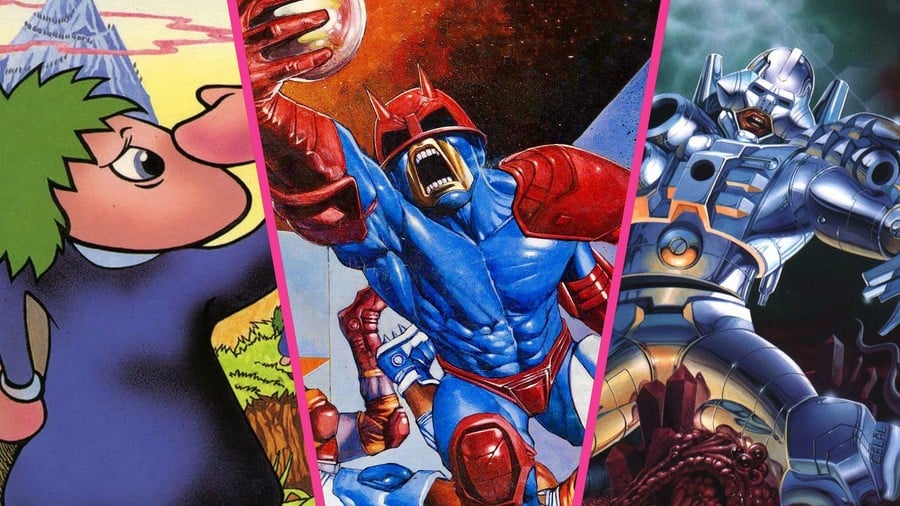
While gaming history tends to be dominated by home consoles, it's important to remember that, at one point, many players got their fix from a home computer.
During the '80s and early '90s, powerful 16-bit machines like the Atari ST and Commodore Amiga went toe-to-toe with the NES, Master System, SNES and Mega Drive / Genesis – and, in many cases, hosted games that would later be ported to consoles to critical and commercial acclaim.
The Amiga is perhaps the most beloved example of a home computer turned gaming machine and is responsible for bringing many classic series to the world. Sensible Soccer, Lemmings, Worms and Speedball 2 all began life on Commodore's system and helped to cement its place as one of the most exciting gaming platforms of its era.
Originally released as the Amiga 1000 in 1985, it would struggle against the dominance of Atari's ST line before Commodore re-released it as the Amiga 500 – the best-selling variant of the computer. However, subsequent upgrades – including the Amiga 3000, Amiga 4000, CDTV and CD32 – failed to build on this success, and Commodore went bankrupt in April 1994.
The system's legacy lives on via modern-day updates such as the A500 Mini, and, casting your eyes over the titles highlighted below, it's clear to see that this remarkable computer deserves to be celebrated.
